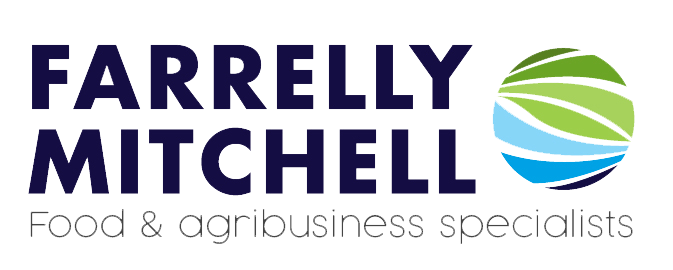The growing concern over climate change is impacting food choices, especially in developed countries. Food is a significant contributor to GHG emissions, with food production responsible for around a quarter of global GHG emissions. How can consumers make informed choices to reduce their carbon footprint?
Shoppers have come to expect labels with health and nutritional information and are familiar with the idea of using labels to make choices. Tesco introduced carbon labelling in 2007, however, it was abandoned as seen as too costly and time-consuming. But could renewed concerns over the climate finally lead to the permanent introduction of carbon footprint information on food products?
It has been shown for dairy products that product labels were the most common source of sustainability information. Now several companies, notably those in the plant-based protein sector, are looking to introduce carbon labelling. Additionally, the EU Commission is putting in place a sustainable food labelling framework, part of its pledge to achieve net-zero carbon emissions by 2050.
What is a carbon label?
A carbon or CF (carbon footprint) label is an indicator of the total amount of CO2, or the equivalent of CO2 in the case of the emission of other GHGs (usually expressed in grams), emitted into the atmosphere along the whole “life cycle” of a particular product or service. The calculation comprises not only production but also transport, transformation, distribution, use and disposal of the product.
Lack of a standard methodology
As Tesco and others have already found out, calculating the carbon footprint of food items is no simple undertaking. A single food item’s environmental impact can vary hugely, depending on those variables of production, processing, and transport. One kilo of asparagus grown in South America and air freighted to the UK produces an estimated 8.9 kilos of CO2, while in-season locally grown asparagus will produce only a fraction of that.
The protein content is often used to compare carbon footprints so products are compared based on CO2 emitted per gram of protein but depending on the product this may not always be appropriate. Different reporting units (adapted to a specific food product) are possible but could lead to confusion amongst consumers.
There is no standard system or methodology for carbon labelling. However, there are many external ones including the one developed by the Carbon Trust with Tesco and an array of consultancies offering to footprint anything. In addition, many companies are looking to develop their own system.
What do consumers think?
Will carbon labelling work? That depends on the consumer. A study in Italy found that more price-sensitive consumers were less willing to pay for a product with a lower carbon footprint.
Yet, research shows strong support for carbon labelling on products across all countries, with two-thirds of consumers saying they thought it was a good idea. Consumers also said they are more likely to be positive about a brand that could demonstrate it had lowered the carbon footprint of its products.
There is a wide variation in the GHG impact of different production systems and producers and a real challenge in effectively capturing and communicating this as a label on a food product.
This variation in carbon footprint could sway shopper decisions. One study by the YouGov-Cambridge Centre for Public Opinion Research found people would pay a premium of almost 5% (23p on £5) for a steak that was labelled as emitting 20% less carbon or carbon equivalent.
Consumer support for carbon labelling amongst consumers is growing. Research in the UK found that in 2016 56% of consumer thought that carbon labelling was a good idea, by 2020 this had risen to 65%.
What are companies doing?
With no legislation currently in place, those undertaking carbon labelling are doing so voluntarily, encouraged by consumer demand.
In addition, investors are increasingly looking to limit risk concerning climate, and also see the labelling practice as a clever marketing tactic and potential competitive advantage. Carbon labels may also help producers prepare for the introduction of carbon taxes.
Issues in developing a standard and universally accepted carbon labelling scheme for food products remain. There is growing pressure from consumers to provide more information on the environmental impact of their products.
Legislators in the EU and elsewhere are looking at carbon labelling again to help consumers make more informed choices to reduce their carbon emissions in line with policy aims towards reaching net zero. Carbon footprint labels are bound to become more established as a result of that urgency.
Carbon labelling future
Climate change is reshaping consumer behaviour, particularly in the realm of food choices, as consumers prioritise sustainability, ESG, traceability and transparency. As businesses rush to implement more sustainable practices, it is crucial they do so with a robust strategy and a comprehensive understanding of costs, risks, and potential disruptions.
Farrelly Mitchell supports businesses as they seek to align their operations with shifting consumer demands and potential regulatory changes. Our consultants have gained decades of experience throughout the retail, sales and distribution industries, implementing operational improvements, supply chain optimisation, and product innovation to capture value in emerging markets.











